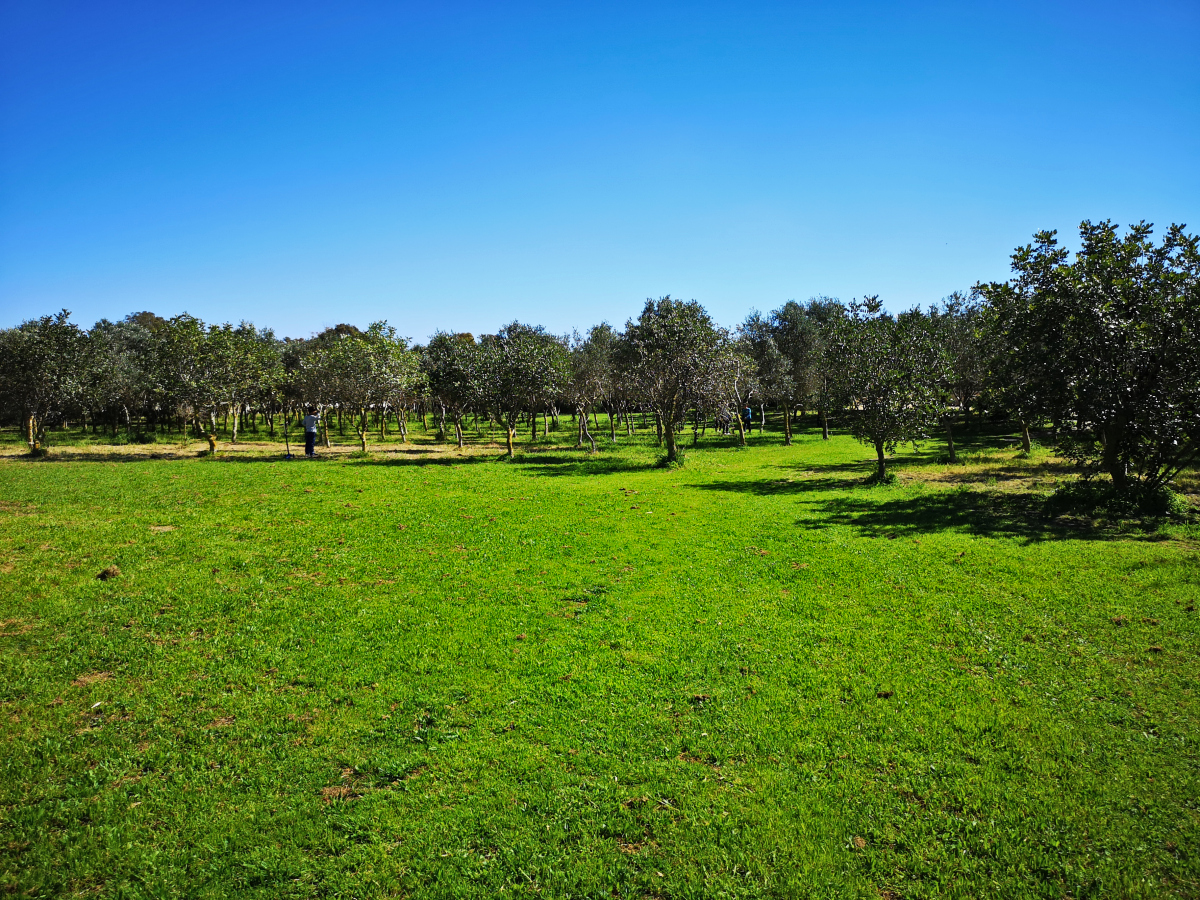Why visit the Hastings Gardens in Valletta?
Valletta has a great number of gardens that you might not be aware of. Let’s forget the Upper & Lower Barrakka Gardens for now and explore the overlooked gardens in our capital city. This time it’s all about Hastings Gardens!
Hastings Gardens is a public garden in Valletta and it’s located on top of St. John’s and St. Michael’s Bastions. When you enter Malta’s capital through the City Gate, take the first left, walk up the stairs and you will get directly to the garden. There are number of gates you can access it from.


The Hastings Gardens offer plenty of opportunities for you to sit down, rest your feet and enjoy the peace and quiet. This garden is not as popular as already mentioned Upper and Lower Barrakka Gardens, which has couple of advantages. It’s less busy, which means more relaxing. There is always a free bench to sit on. The views are just as beautiful.

On one side you can admire the beautifully restored Triton Fountain located just on the periphery of the City Gate of Valletta. On the other side you can enjoy the views of the Marsamxett Harbour, Msida, Sliema and Manoel Island.


Hastings Gardens were built by the architect Adriano DeVina and named after Francis Edward Rawdon-Hastings. He was a former governor of India, who following his resignation ended up serving as Governor and Commander-in-Chief of Malta from 1824 to 1826.
The monument below is dedicated to Lord Hastings who died in 1826 and is buried in the garden. There is one interesting fact though. Following his death, his right hand was cut off with instructions that it should be buried with his widow. The hand was buried clasped with hers in the kirk at Loudoun Castle in 1840.



The garden is larger than it might look at first! I would say it is as big as Upper and Lower Barrakka Garden put together! Let’s continue our exploration by entering another part of this beautiful garden.

This is a khachkar, a monument that was unveiled at Hastings Gardens by the Armenian community in Malta on 22 December 2009. It was specifically made in Armenia and delivered to Malta. The sign next to the khachkar says the following: “In token of friendship between the Maltese and Armenian people. Armenia thanks Malta for its support to Armenians who found refuge on this island in the tragic years of 1375 and 1915.”


Being from the Czech Republic (or Czechia), this garden is a bit more special for another reason. There is a Vaclav Havel Memorial! Vaclav Havel was a Czech statesman, writer and former dissident. He served as the last President of Czechoslovakia from 1989 until the dissolution of Czechoslovakia in 1992 and then as the first President of the Czech Republic from 1993 to 2003. Vaclav Havel also played a major role in the Velvet Revolution that toppled communism in Czechoslovakia in 1989. As you can see the monument is a simple block of stone with Havel’s signature and favoured heart symbol.


As I already mentioned the garden offers large number of wooden benches for you to enjoy. If you have plenty of free time on your hands just grab your favourite book and spend couple of hours in this beautiful surroundings.

Before you leave Hastings Gardens notice the traditional buildings around the garden. Unfortunately, many of these are being replaced with modern blocks of flats all around the island. 🙁
At the exit have a look at the plinth on which once stood 70-foot statue of Sir Frederick Cavendish Ponsonby (1787 – 1837) who succeeded Lord Hastings as Governor of Malta until 1835. He was the father of Sir Henry Ponsonby, Private Secretary to Queen Victoria. The statue was unfortunately destroyed by lighting in January 1864.

I hope you’ve learnt something new today and that you’ve got enough reasons to visit the Hastings Gardens next time you’re in Valletta. Below is a map with the exact location. Enjoy! 🙂



